Market Trends
Key Emerging Trends in the Managed Pressure drilling Market
The MPD market has experienced some important trends over the past while, demonstrating that this sector is full of dynamic changes and innovation in oil and gas mining. A noteworthy development is the rapidly growing use of MPD practices by drilling operators worldwide. As reservoirs of oil and gas are becoming increasingly difficult to reach, operators have resorted to MPD as a proven medical technology leading in drilling procedures optimisation with proper well control. One of the leading factors that contributed to MPD popularity is its ability to keep wellbore pressure constant within narrow limits which prevents kicks and instability of a bore hole. This pressure management strategy addresses the expected challenges of drilling and enhances overall efficiency. In addition, MPD services have gained popularity for its safety benefits as well as in minimizing non-productive time during drilling operations. This allows operators to understand the importance of avoiding well control incidents and reducing downtime which has a positive effect on costs savings as well as operational success. A second major trend in the MPD market is a combination of high technology and automation. As a result of digital advances and IIoT, MPD systems are becoming quite sophisticated in data analysis capabilities. Automation contributes significantly to the immediate correction of drilling parameters, reacting swiftly to changes in downhole conditions and perfect pressure control. This not only increases operational efficiency but also creates a safer environment for drilling personnel. In addition, environmental factors facilitate market trends that are influencing the MPD industry. With sustainability emerging as a priority for the oil and gas industry, there is an increasing focus on minimizing environmental damage from drilling activities. It is towards this end that the MPD techniques can help since they reduce well control related incidents such as oil spills and many other environmental disasters. Further, the drilling optimization through MPD minimizes the carbon footprint from these operations. The market also observes a trend towards modular and portable MPD systems. These systems are not only portable but also flexible enough to adjust the specific drilling conditions. This practice is especially important in the context of offshore drilling, where spatial and logistical limitations frequently demand mobile and compact solutions. The MPD portable systems give operators the opportunity to solve specific problems without incurring huge costs of modification in terms infrastructure thereby offering efficient and cost-effective solution.

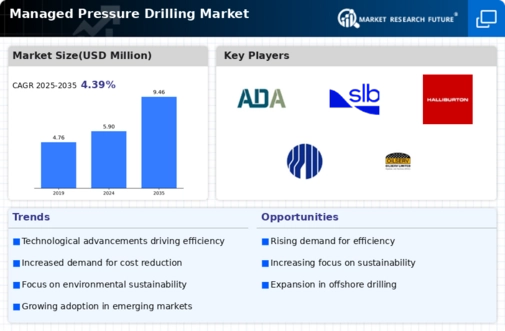
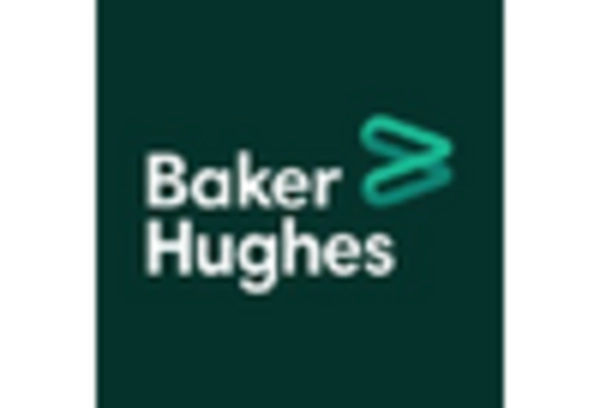
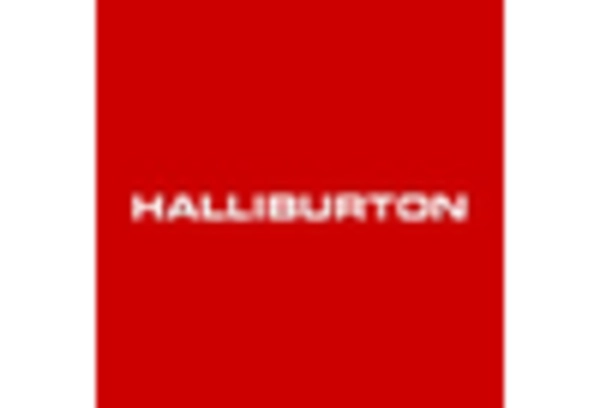
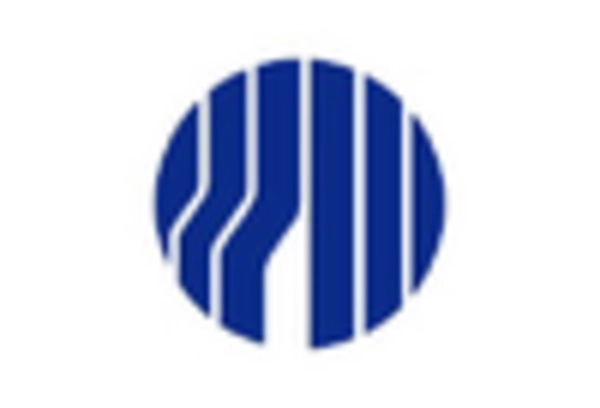
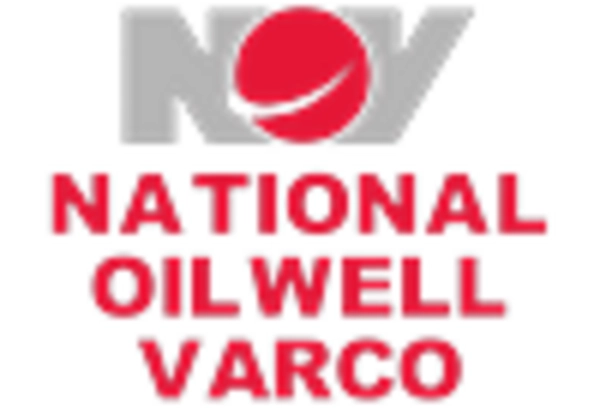
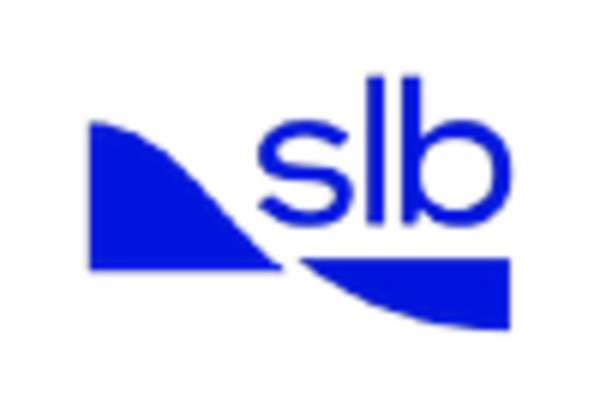
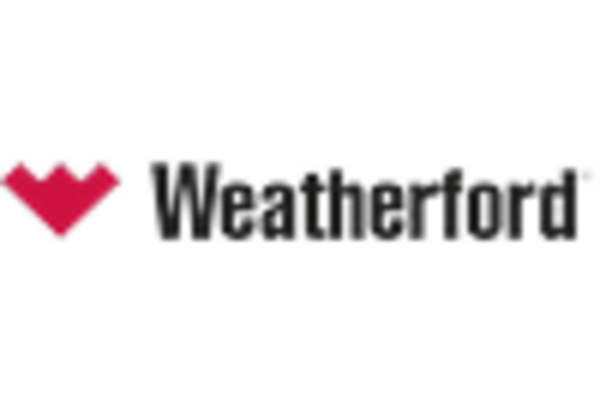

Leave a Comment